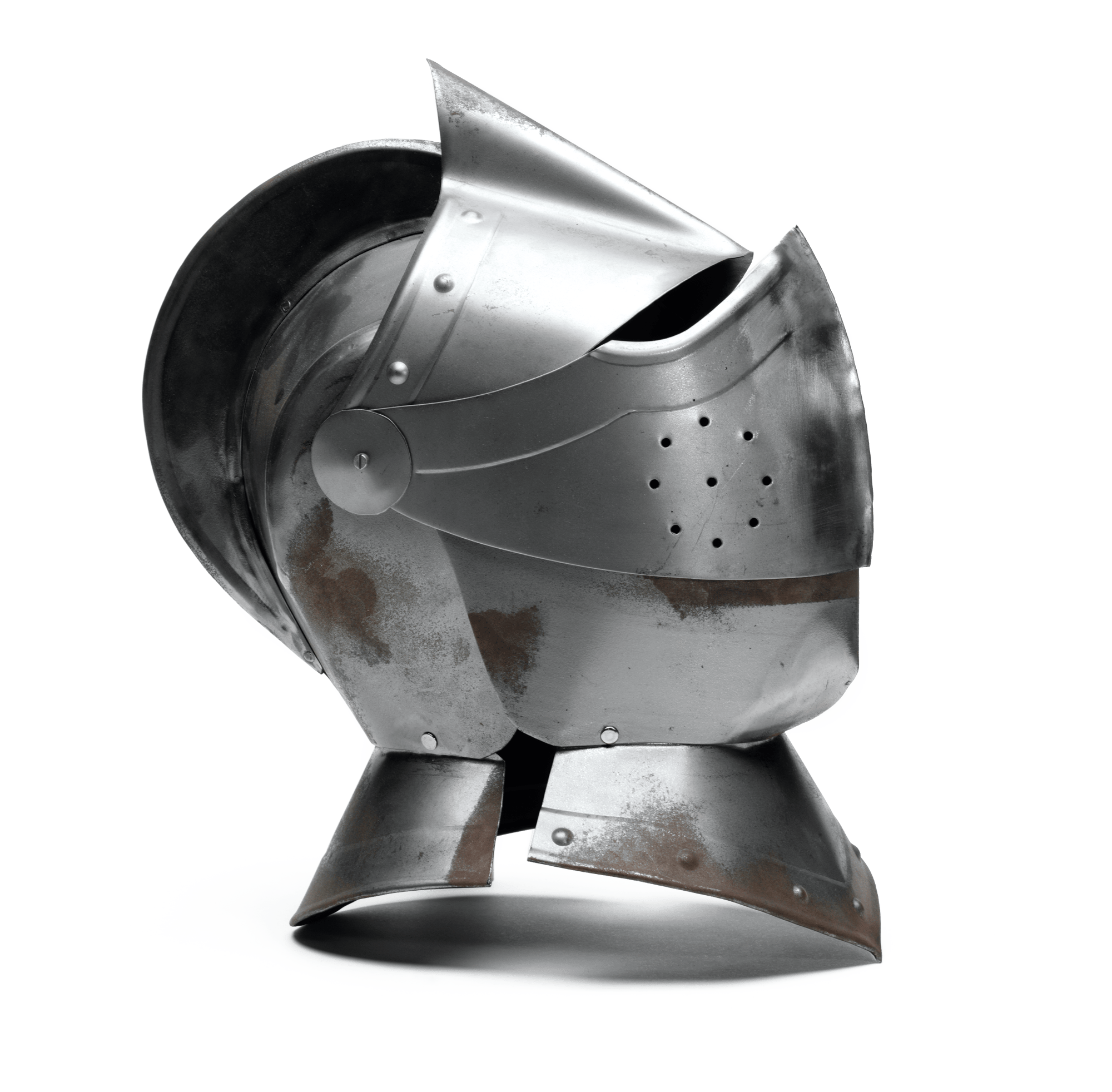Knights

By Deminor
Litigation Funding
What is a Knight?
Knights were a historical military class that emerged from the Feudal system during the Middle Ages. Typically formed from members of the nobility, knights were warriors who devoted themselves to warfare, chivalry, and honour. As the military arm of the feudal system, their primary role was to serve and fight for their liege lord, protecting the interests and property of those they had sworn allegiance to. Knights significantly shaped their societies’ political and social structures, with their influence persisting to modern times.
European Knights
Etymology:
The English word “knight” stems from the Old English word “cniht”, which means “boy” or “servant”. During the medieval ages, a “knight” was a skilled warrior, typically mounted on horseback, serving as a military and political representative. The word “knight” has come to be associated with chivalry and honour, underpinned by social values such as bravery, loyalty, and courtesy.
Origins and Purpose:
The system of Knighthood first emerged in Europe during the early Middle Ages, as feudalism dominated the social and economic system, reaching its height during the 11th to the 13th centuries or the ‘High Middle Ages’.
It is believed that the institution of Knighthood emerged due to Lords requiring mounted warriors to defend their lands, interests, and their hierarchy within the feudal system. As a result, Knights were trained in close-armed combat and military strategy.
Knights played a pivotal societal role in maintaining law and order, being expected to defend and uphold the honour of their lords and themselves, women and the weak and vulnerable. Knighthood heavily emphasised the principles of chivalry, the importance of fairness, justice, and the rule of law. Seen as exemplars of the chivalric code, Knights were expected to uphold piousness, which was used at the time to justify their defence of the Church during the Crusades.
Knights in Society:
As part of Medieval pageantry, Knights could often be called upon to participate in costly and elaborate tournaments. These public events were opportunities to win greater favour with their Lords and showcase their Lord’s military strength. Knights were also expected to participate in courtly love, diplomacy, and governance.
The purpose of Knights has continued to evolve through the ages, as during the Renaissance, the role of the knight shifted from a military one to a more ceremonial one. Although retaining an important role within high society, with advancements in technology and warfare, the societal role of Knights shifted more towards pageantry and ceremony.
Today in Modern Europe, Knighthood has almost entirely assumed a ceremonial role. In the United Kingdom, for example, the title of Knighthood is bestowed by the reigning monarch as a recognition of a person’s contribution to society.
Symbols of Knights:
Knights have had a longstanding history in the use of symbols and regalia. In Europe, knights could often be identified by their armour, which could be highly decorated and personalised depending on a knight’s standing. Additionally, outside of combat, distinctive cloaks and tabards could feature the coat of arms of their Lord or their own family.
Alongside armour and clothing, knights would be equipped with an arsenal of handheld weapons, including swords, shields, axes, and lances. Again, these weapons could be highly decorated, indicating valour or favour, and could be passed down through generations as family heirlooms.
Japan
Knighthood in Japan differs somewhat from that in Europe. The knights of Japan were known as the Samurai, who emerged during 12th century medieval Japan and lasted until the 19th century.
Etymology:
The word “samurai” comes from the Japanese verb “saburau,” which means “to serve”, with the term initially referring to those who served in close attendance to the nobility. Similar to the European feudal system, they were a warrior class who served as the military arm of the emperor or a powerful lord.
Origins and Purpose:
Samurai emerged in Japan during the Heian period in the 12th century to defend the lands and interests of their Lord during a time of political and social upheaval.
As the feudal system began to dominate Japan, daimyos needed a skilled warrior class to protect their interests and maintain order. Samurais were expected to serve as advisors to their lords and maintain order in their territories. Like European Knights, Samurai were trained in combat, chivalry, and honour and were expected to embody these values in their everyday lives.
Honour and Justice:
Samurai were expected to follow a strict code of conduct known as bushido, emphasising the importance of courage, justice, and the pursuit of excellence. The Bushido code of conduct was centred on loyalty, honour, courage, and self-discipline. Samurai were expected to serve their Lord with absolute loyalty, even if it meant sacrificing their own lives. They were also expected to uphold justice, maintain order, and defend the weak and vulnerable.
Samurai engaged in duels to defend their honour and that of their Lord. Over time, and similar to the evolution of European Knighthood, the role of samurai expanded to shape Japanese society's political and social structures. Their influences came through diplomacy, governance, and cultural pursuits such as participating in religious ceremonies, poetry and calligraphy.
